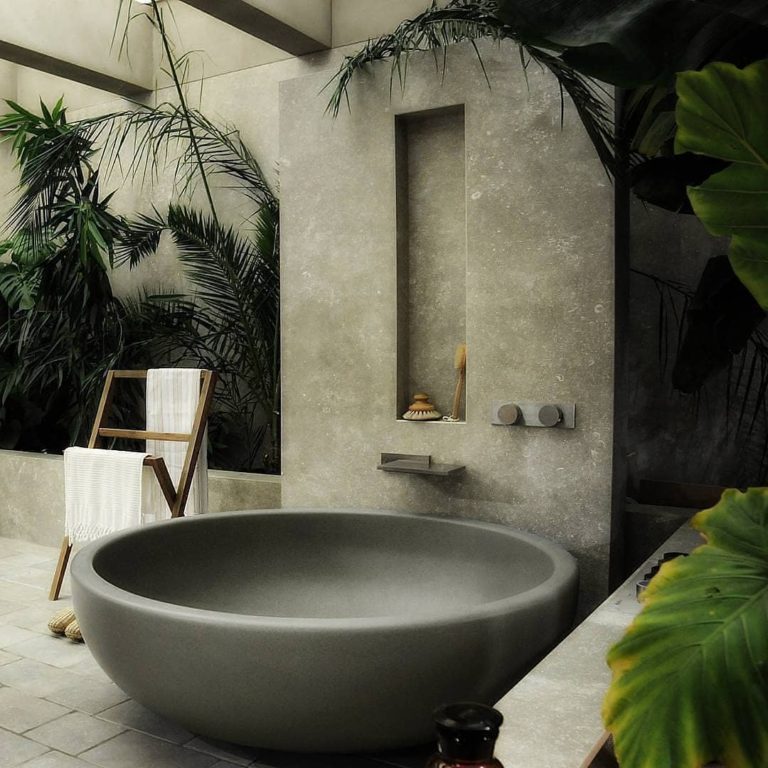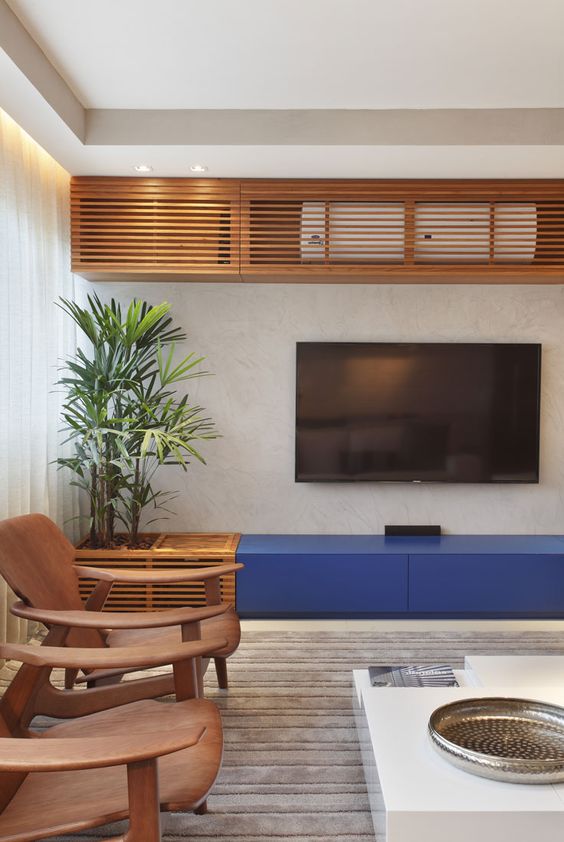Best Way to Pick an Efficient Heating System for Below the Floor
For a luxury accommodation feel, an underfloor system to provide heating around your feet is hard to beat. They radiate heat upwards and make the home feel cozier. They have become more popular in luxury new builds and remodeling projects when a new floor is likely to be installed. The same goes when adding an extra room onto a property as an extension.

While an underfloor radiating heat system can be used as a sole source of heating, they can also be paired with radiators fitted to the walls or other heating systems too. They’re energy efficient, so it’s rare that a secondary system is required. There’s also a good deal of flexibility about the flooring used from crafted wood to stone to carpets.
When looking for an under-floor system, the two main choices are an electric or a ‘wet’ system. In this article, we dive into these two types to explain them more clearly, to make it easier to pick the most appropriate one.
Electric Under-floor Heating
The electrical underfloor heating system is preferred for installations for just one room or perhaps a couple of rooms in completely different areas of a larger property. The reasons these are preferred in this instance is because they get installed under that room’s flooring and operate independently of any main heating system for the home.
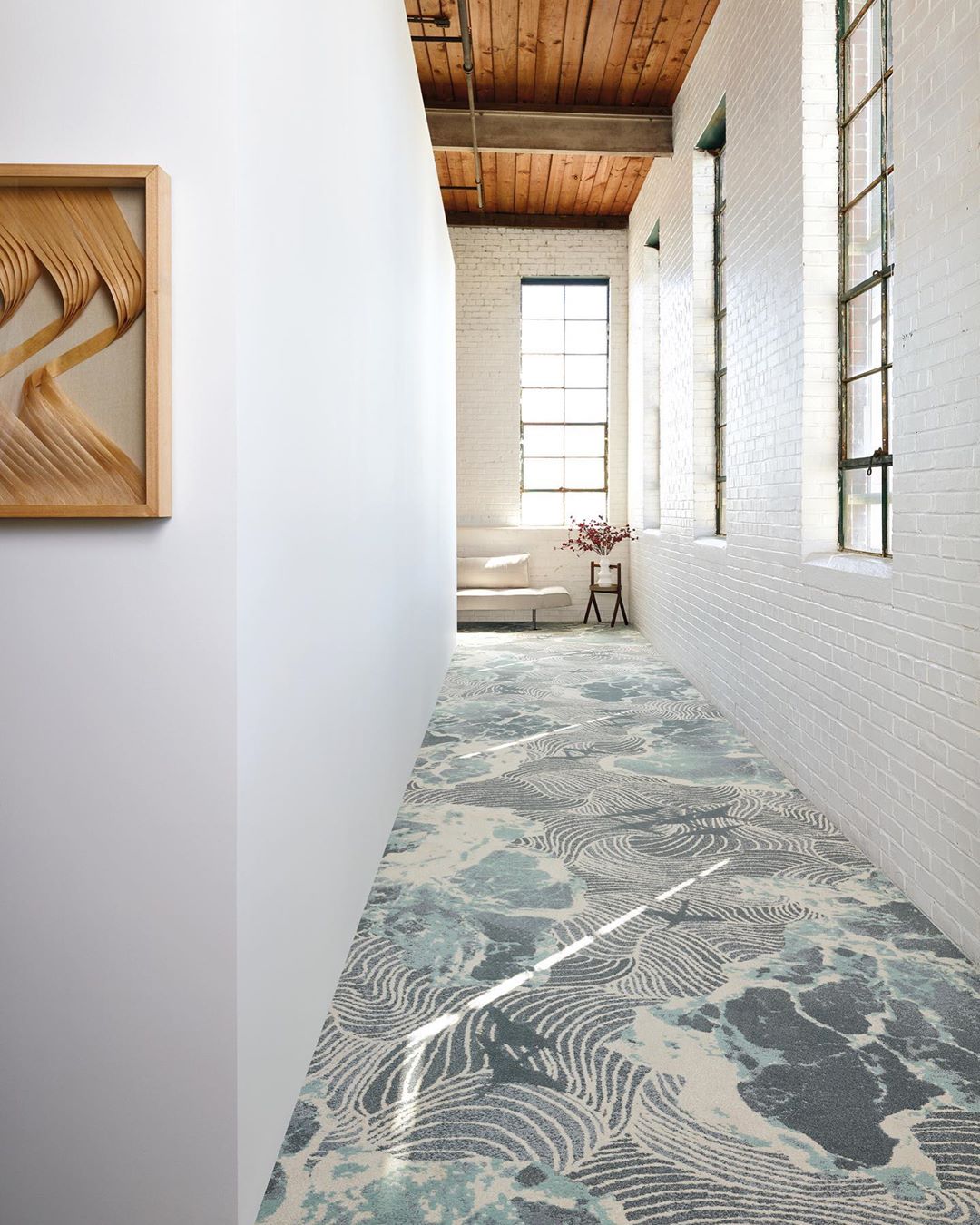
When getting one of the professional, electrical Heavenly Heat floor heating systems installed, a wire mat is fitted just under the main floor. It’s thin enough to cause little if any complications in the room itself. The mat rolls right out and is connected to the power supply. As such, it’s a simpler installation and is less time intensive too.
Wet Under-floor Heating
The so-called ‘wet’ floor system is mostly used in new construction and building extensions. The pipe system is typically installed right into the screed floor, which is partially made from cement combined with sand and it commonly used above a concrete slab or concrete flooring. The installation using this method works between with the pipes laid in this manner and tends to perform better too.
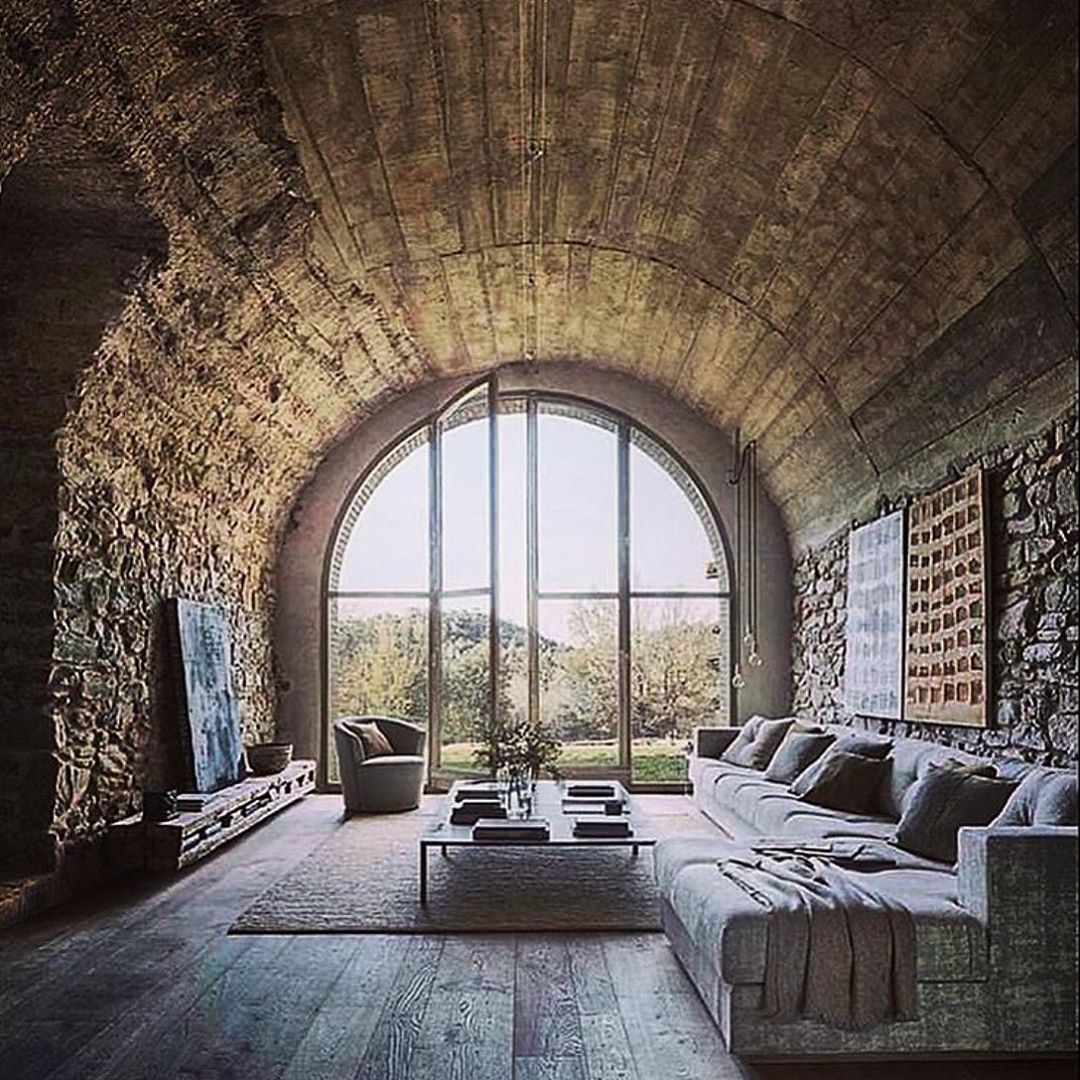
A pressurized boiler must be installed to supply the hot water. This is more expensive to install and takes up more space in the home than an electric system. However, it cuts heating costs and is more efficient as a whole house solution. While there are some retrofit options available to avoid tearing up a floor, usually a new floor is required.
Which System is Best?
Where it’s a new build, a remodel or an extension, a wet system is likely to be better. Also, when more of the home is going to be heated then it’s certainly more efficient than an electric system and can replace your central heating too. However, when only one or two rooms in a property need heated floors, then the electric system is worth considering as a convenient alternative.
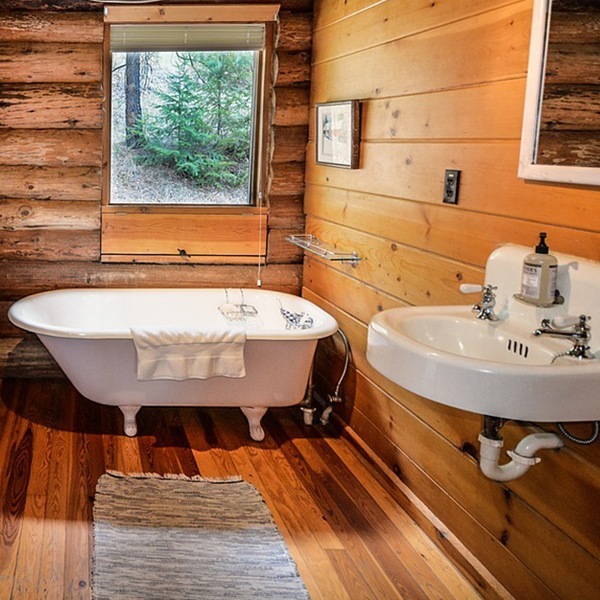
Whichever system you choose, consider your long-term needs carefully. This way, you’ll pick more wisely.





